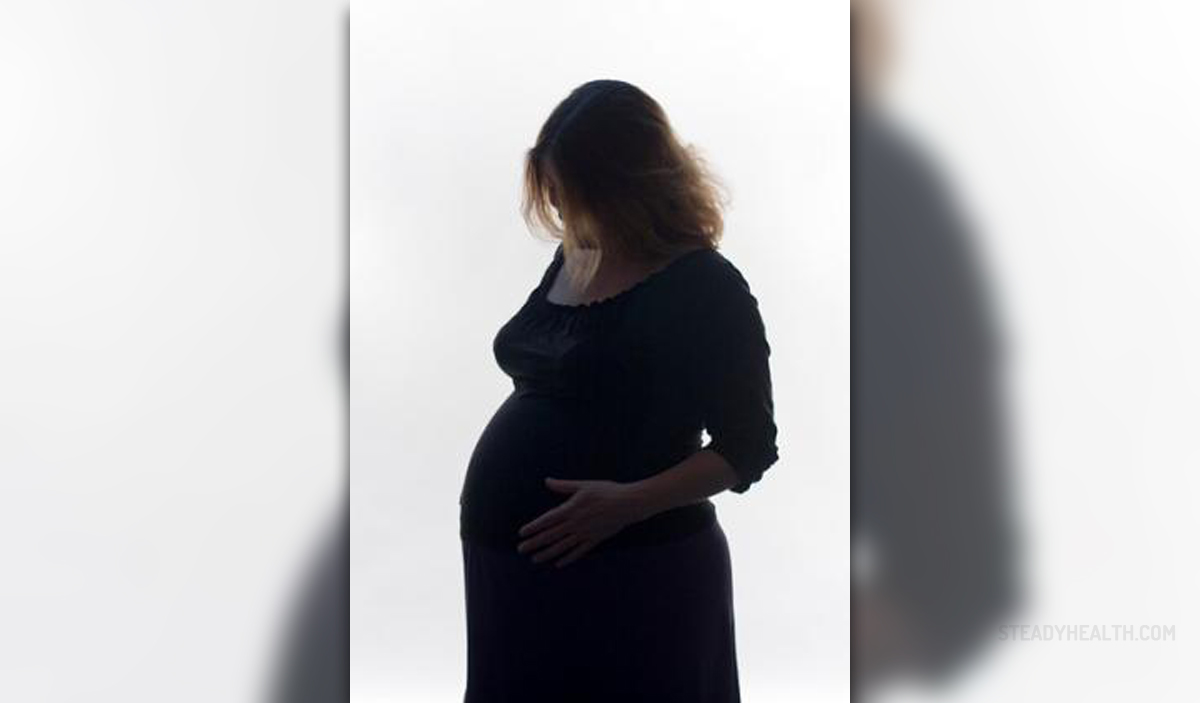
Pregnant women spend nine months preparing for the arrival of their baby but also for the great event- the labor. Women who have never been pregnant cannot really know what labor is really like, but they can learn about it and try to prepare for it the best they can. In order to be ready for it when it comes and to avoid panicking, it is recommended to learn about the usual tell-tale signs of labor.
Signs of labor can vary from woman to woman, just like the labor itself. Some women go through it very quickly and relatively easily, although some pain and strain are always involved. Some, on the other hand, have to wait for ten or more hours for their baby to be ready after the first signs start.
The beginning of the labor is indicated by several hormonal and physical changes.
Lightening
The term “lightening”, when applied to the process of labor, indicates that the baby is settling or descending into the pelvis just before the labor starts. He or she is getting closer to the “exit”, and because the uterus gets closer to the bladder, one of the symptoms of lightening is frequent urge to urinate. Lightening can occur anywhere from few weeks to few hours before the actual delivery.
Mucus plug
Mucus plug is the accumulation of mucus at the opening of the uterus called cervix, which collects during pregnancy. As the delivery approaches, the cervix dilates in order to let the baby through; the mucus is dislodged and expelled through the vagina. It can be clear, white, pink or with traces of blood. This can happen soon before the labor, or one or two weeks prior to it.
Contractions
Contractions are one of the most important signs of labor. During contractions, the abdomen becomes hard, and when the uterus relaxes again, the abdomen becomes softer. This continues repeatedly and contractions become closer and closer together as the labor approaches. Most of the times, midwives or doctors advise to measure the time between the contractions, and when they are close together, it means that the labor is about to start.
The intensity of contractions can vary from woman to woman, but they always cause discomfort and dull pain in the lower back and abdomen. Some women describe them as very strong menstrual cramps.
False contractions, or Braxton-Hicks contractions, can start anytime after the second trimester, and they are more common in the third. Unlike true contractions, they stop when switching body positions or relaxing.
Water breaking
Finally, when the water breaks, the woman can be sure that the delivery will occur within the next 24 hours. When it happens, it feels like either a sudden gush or a steady trickle of fluid. The fluid itself is odorless, usually clear and sometimes straw-colored. This fluid is actually from the amniotic membrane that surrounds the baby in the uterus. It is important to know that not all women will have their water break before delivery and sometimes doctors rupture the amniotic membrane in the hospital.
















Your thoughts on this
Loading...